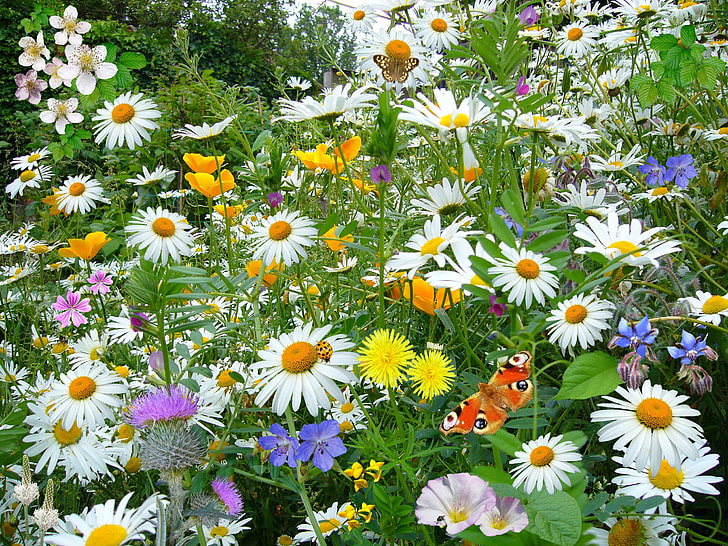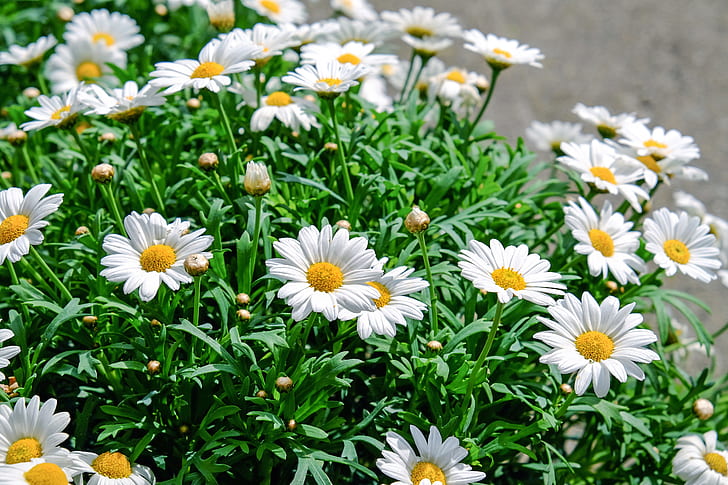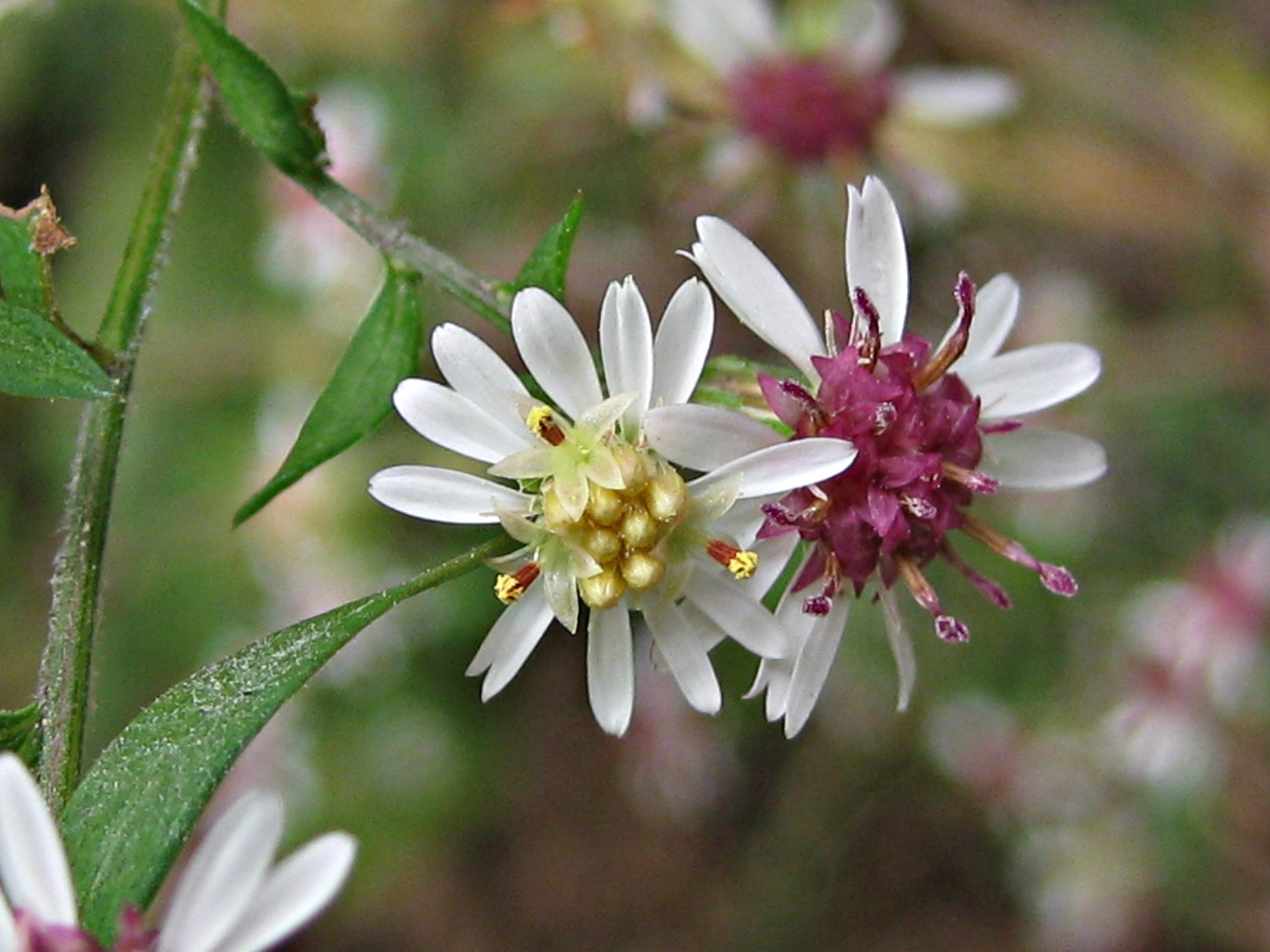Calico Aster (Symphyotrichum lateriflorum), with its dainty blossoms and vibrant hues, is a captivating addition to any garden. Known for its resilience and ability to attract pollinators, this native wildflower can be a stunning focal point in your landscape. In this comprehensive guide, we’ll delve into the art of cultivating and caring for Calico Aster, unlocking the secrets to a flourishing and picturesque garden.
Table of Contents
ToggleUnderstanding Calico Aster:
Calico Aster, also called Side-flowering Aster, is a North American native perennial that belongs to the Asteraceae family. With its delicate white or light purple flowers adorned with a striking maroon center, this plant adds a touch of whimsy to late-season gardens. As a deciduous plant, Calico Aster undergoes a transformation throughout the seasons, making it an engaging and dynamic choice for your outdoor space.

Choosing the Right Location:
To ensure the optimal growth of your Aster, select a location that receives ample sunlight. These plants thrive in full sun to partial shade, making them versatile enough to be incorporated into various garden designs. Well-draining soil is crucial for preventing root rot, so amend heavy soils with organic matter to enhance drainage.
Planting Calico Aster:
When planting Aster, aim for a spacing of 18 to 24 inches between each plant. This allows for proper air circulation and prevents overcrowding as the plant matures. Water the newly planted Calico Aster thoroughly and provide a layer of mulch to help retain moisture and suppress weed growth.
Watering and Moisture:
While Calico Aster is relatively drought-tolerant once established, consistent moisture is essential during its initial growth period. Water the plant regularly, especially during dry spells, ensuring the soil remains consistently moist. Be cautious not to overwater, as Calico Aster is susceptible to root rot in waterlogged conditions.

Fertilizing:
Calico Aster typically doesn’t require heavy fertilization. In early spring, apply a balanced, all-purpose fertilizer to give the plant a nutrient boost as it begins its growing season. Avoid excessive nitrogen, as this can lead to leggy growth and fewer blooms.
Pruning and Maintenance:
Pruning plays a crucial role in maintaining the shape and vigor of Aster. Pinch back the stems in late spring or early summer to encourage bushier growth and more abundant flowering. Deadheading spent blooms not only promotes continuous blooming but also prevents self-seeding.
Pest and Disease Management:
Calico Aster is generally resistant to pests and diseases, but it’s essential to monitor for common issues such as aphids or powdery mildew. In case of infestation, consider using organic remedies like neem oil or insecticidal soap. Proper spacing and good air circulation also contribute to disease prevention.

Attracting Wildlife:
One of the remarkable qualities of Aster is its ability to attract pollinators, such as bees and butterflies, to your garden. Embrace the biodiversity these beautiful blooms bring by incorporating Aster into pollinator-friendly landscapes.
Conclusion:
Growing and caring for Aster is a rewarding endeavor that adds natural beauty and ecological value to your garden. By following these guidelines on location, planting, watering, fertilizing, pruning, and pest management, you’ll be well on your way to creating a thriving haven for this enchanting native wildflower. Embrace the journey of cultivating Aster and witness the magic it brings to your outdoor space.

